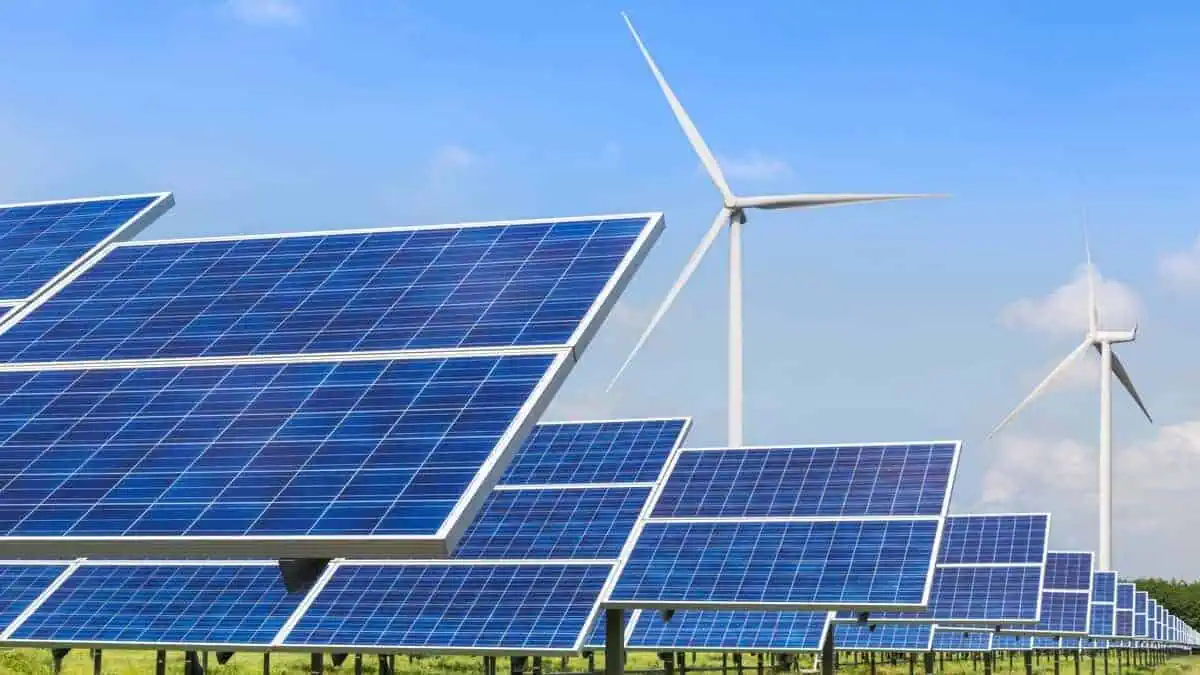CleanTechnica specified that renewable energy sources overall contributed 71.0%, with solar and wind contributing 70.6%. In terms of brand-new power plants, solar and wind power unquestionably dominate the renewable energy market today and lead the sector overall.
The unfavorable development is that installations using fossil gas increased in 2022 compared to 2021. 37% of the additional power capacity added in 2020’s first seven months came from fossil gas. Within the first seven months of 2021, this decreased to 14%. Meanwhile, the market share has increased once more to 29%.
Since most power plants run for decades, changing the overall installed power capacity takes significantly longer. Renewables increased from 23.2% of the market in July 2020 to 25.3% in July 2021 to 27% in July 2022. In this situation, that is a remarkable rate of market expansion.
In terms of the country’s installed capacity, solar and wind power alone increased from 13.2% in July 2020 to 15.4% in July 2021 to 17.3% in July 2022. While this may seem sluggish, it does support a prediction that by July 2030, 33% of all US electricity capacity will come from solar and wind power facilities.
Although solar and wind power predominate new capacity expansions, other power plants are also being decommissioned, contributing to the growth in installed power capacity share.
Notably, the capacity of coal decreased from 243.54 GW in July 2020 to 220.30 GW in July 2022. That represents a sharp decline in generating capacity. Oil and nuclear power both had slight declines, but the capacity of fossil gas climbed by more than 15 GW.
Within these two years, non-rooftop solar power capacity increased by more than 27 GW, while wind power increased by more than 30 GW.
Nonetheless, it must be noted that the fundamental benefit of wind and solar power plants over fossil fuels like coal and natural gas is that they will always be able to provide energy in the United States.






